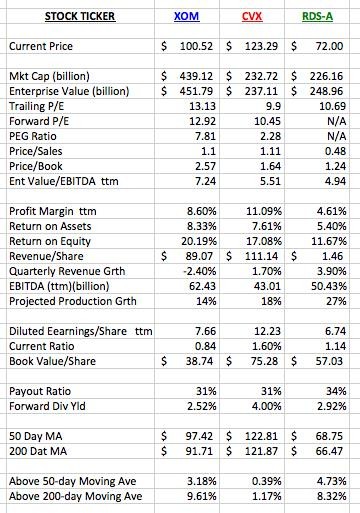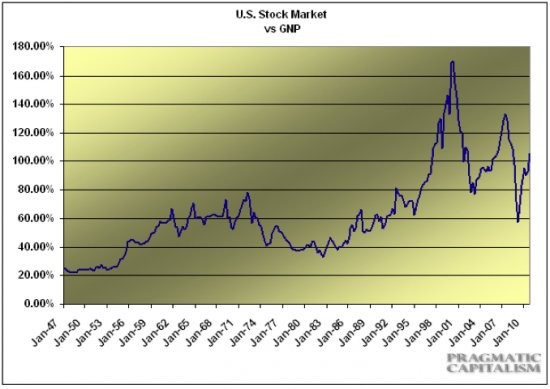5 Stock Market Metrics Explained
Post on: 1 Апрель, 2015 No Comment

When you purchase a stock, do you use data to drive your decision? Have you ever looked at the fundamental analysis section of a stock’s information and found yourself lost? In this article, we will put together some of the most important metrics and explain how to use them to make more informed decisions.
Return on Investment
Return on Investment (ROI) is simply the money a company has made or lost on an investment. If an individual investor were to invest $1,000 into McDonald’s stock and five years later sold it for $2,000, they had a 100% return on investment or ROI. The return is divided by the cost of the investment to produce the ROI.
The problem with this metric is that it’s easy to manipulate. Although the calculation is easy, what a company chooses to include in the costs of the investment may change. Did they include all costs in the calculation or selected costs? Before relying on the ROI, understand how it was calculated.
Earnings Per Share (EPS)
EPS is a measure of a company’s profit. Take the profit, subtract the dividends and divide that number by the number of shares outstanding. Although EPS will tell the investor how much money the company is earning per share, it doesn’t provide the expense information. If one company made $10 per share and another made $12 per share, the second company’s earnings are more impressive only if they spent the same or less money to generate the income. Use EPS in conjunction with other metrics like return on equity.
Price to Earnings Ratio
The Price to Earnings Ratio (P/E ratio) compares a company’s current price to its per-share earnings. The P/E ratio is calculated by dividing the price per share by the earnings per share. This metric is one of the best ways to gauge the value of the stock.
If you were planning to purchase a new television, you would probably compare the features and price of multiple televisions. You would expect to pay more for more features. If one TV had fewer features and older technology but cost the same or more than other comparable TVs, that TV may not be a good value.
When a stock has a higher P/E ratio than other similar companies, investors may regard the stock as overvalued. unless the company has larger growth prospects or something else that makes the high P/E worth the money. Remember that the actual price of a stock doesn’t provide an indication of value. A higher priced stock could be less valuable when the P/E is examined.

Return on Equity
Return on equity (ROE) measures a corporation’s profitability. It reveals how efficient a company is at generating profits. To calculate the ROE, divide profit by the amount of equity or total amount of money invested in the company. If company A had profits of $2 million but had received $1 million of equity, they would be considered more efficient than company B who also made $2 million but had $1.5 million in equity. Company A is operating more efficiently because they are able to make more money with less investment.
ROE should always be used in conjunction with other metrics to evaluate the health and earnings power of a company.
CAGR
Compound Annual Growth Rate (CAGR), measures the annual growth rate of an investment. Since some years may see large gains while other years may return a loss, it could be more helpful to the investor to view their returns as an average over time, rather than year to year. If you had a portfolio of stocks and a few rental properties, after calculating the CAGR, you may increase your investment in the investment type that returns the higher CAGR. The calculation is a little complicated but you can calculate it here.
Successful investors are well-informed and able to evaluate a company using these and other metrics. Look for these metrics in a stock’s fundamental analysis section and decide for yourself whether a company is worth investing in.














